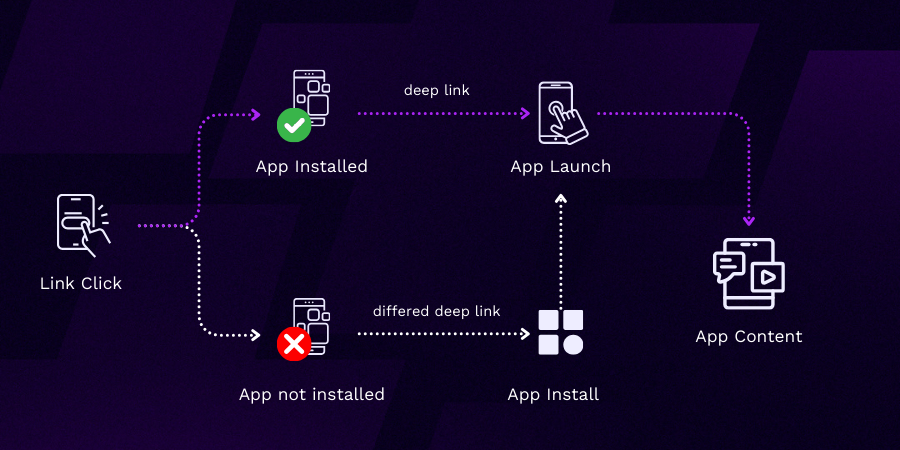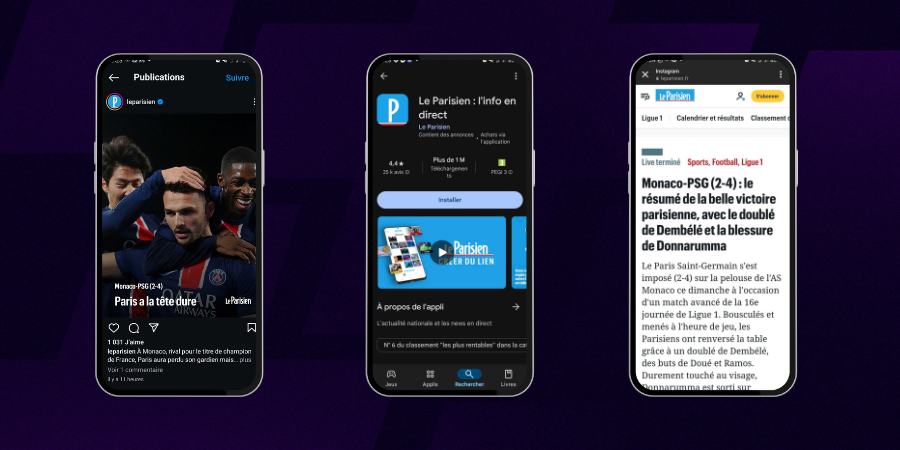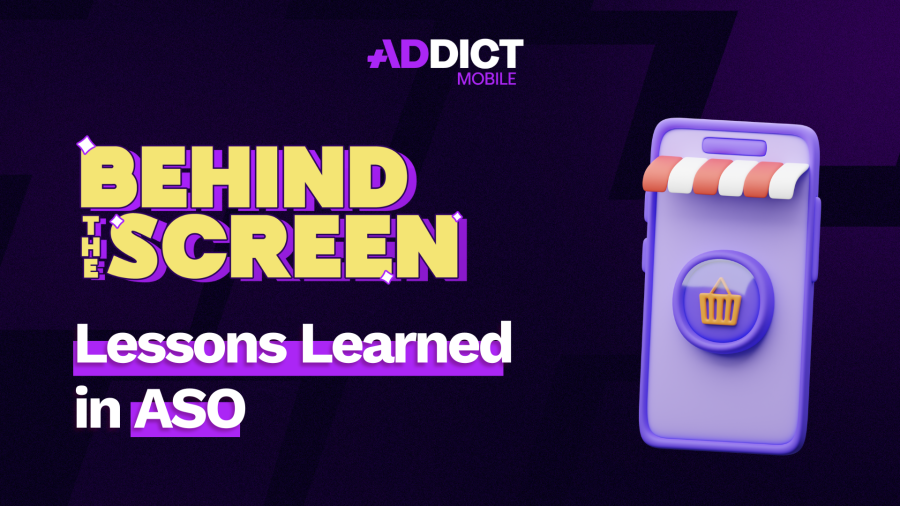Deep Linking in Mobile Marketing: A Complete Guide
Introduction
In the world of mobile marketing, deep linking has become an essential tool. Whether you’re an advertiser, developer, or marketing professional, understanding how deep linking works and its benefits can significantly enhance your user acquisition (UA) and engagement strategies. This article will explore what deep linking is, how it functions, its advantages for mobile marketing, and how to measure its effectiveness.
What Is Deep Linking, and How Does It Work?
Deep linking is a mechanism that redirects users to specific pages or content within a mobile app via a link. Unlike standard links that usually lead to a home page, a link can take users directly to specific products, offers, or features. This makes it easier to track the performance of campaigns, content, or promotions.
Types of Links
- Basic Linking: Works only if the app is already installed on the user’s device.
- Deferred Linking: Redirects users to the app store to download the app if it’s not installed, then takes them to the specific content after installation.
- Contextual Linking: Adds a layer of personalization by passing additional data, such as custom offers or discounts.
How It Works
These links rely on specific URLs or URIs configured within the app. When a user clicks a link, the operating system checks if the app is installed and opens the relevant content. If the app isn’t installed, tools like Branch, AppsFlyer, or Firebase Dynamic Links can intelligently redirect users to alternative destinations.

Why Use this Type of Links?
Deep linking is a game-changer in app marketing strategies because it offers a seamless and engaging user experience. Key use cases include:
- User Acquisition: Lead new users directly to specific offers or content after installing the app.
- Re-Engagement: Bring back inactive users by showing them targeted content like sales or new features.
- Onboarding: Simplify the app discovery process by directing users to tutorials or important sections.
- Content Sharing: Allow users to share specific items (e.g., articles, playlists, or products) with friends via direct links.
Advantages of this strategy
- Improved User Experience: links guide users directly to the desired content, reducing friction and boosting satisfaction.
- Higher Conversions: Targeted links increase the likelihood of users engaging with specific offers or products.
- Better Personalization: Contextual links enable tailored experiences based on user preferences or behavior.
- Enhanced Campaign Optimization: Track ROI more effectively by measuring user actions from the initial click to in-app events.

Measuring the Effectiveness of Deep Links
Optimizing deep URLs requires tracking their performance. Key metrics include:
- Click-Through Rate (CTR): The percentage of users who click on links in your campaigns.
- App Open Rate: The frequency with which links lead to the app being opened.
- In-App Conversions: Monitor user actions such as purchases or sign-ups.
- Retention Rate: Determine if users brought in via deep links remain active in the app.
Recommended Tools
- Branch Metrics: A comprehensive platform for tracking engagement and link effectiveness.
- AppsFlyer: Measures attribution and the impact of mobile campaigns.
- Firebase Dynamic Links: A free, robust solution for creating and tracking deep URLs.
Best Practices for Implementing Dynamic Links
1. Set Clear Objectives: Define your primary goals—acquisition, re-engagement, content sharing, etc.—to choose the right type of link.
2. Test Across Platforms: Ensure links function seamlessly on iOS, Android, and various browsers. Regularly test and troubleshoot.
3. Integrate Analytics Tools: Use platforms like AppsFlyer or Branch to track performance and gather actionable insights.
4. Personalize Links: Leverage contextual deep links to create tailored experiences by passing parameters like discounts or user preferences.
5. Use Fallback URLs: Provide alternative destinations, such as web pages, in case the app isn’t installed or the deep link fails.
6. Prioritize Security: Protect deep links against misuse with measures like token verification or user permissions.
7. Be Transparent: Clearly communicate what users will gain by clicking a deep link to reduce confusion and increase engagement.
Key Takeaways
Here are a few key takeaways to remember about deep URLs:
- Choose the right type of deep link based on your goals: acquisition, re-engagement, or personalization.
- Ensure technical setup and regular testing for seamless functionality.
- Personalization and contextual deep links can greatly enhance user experiences and conversions.
- Use analytics tools to track performance and refine your strategies.

Do not hesitate to contact with our teams
Addict can support you to improve your performance.
Conclusion
Deep linking is an indispensable element in mobile marketing, offering direct access to content and improving user experiences. By maximizing conversions and driving engagement, deep links empower marketers to create more effective campaigns. Integrating deep URLs into your strategies can help unlock your app’s full potential and deliver a richer mobile experience.



